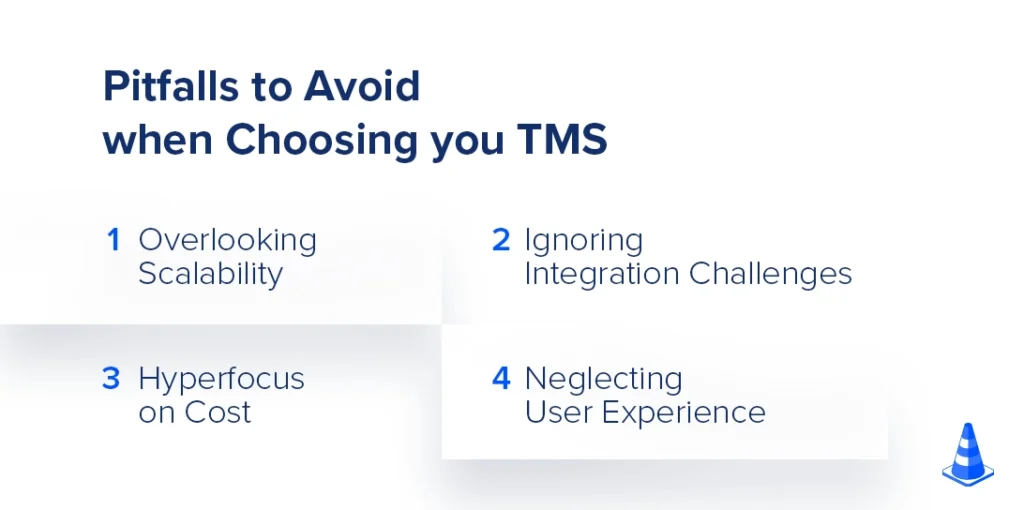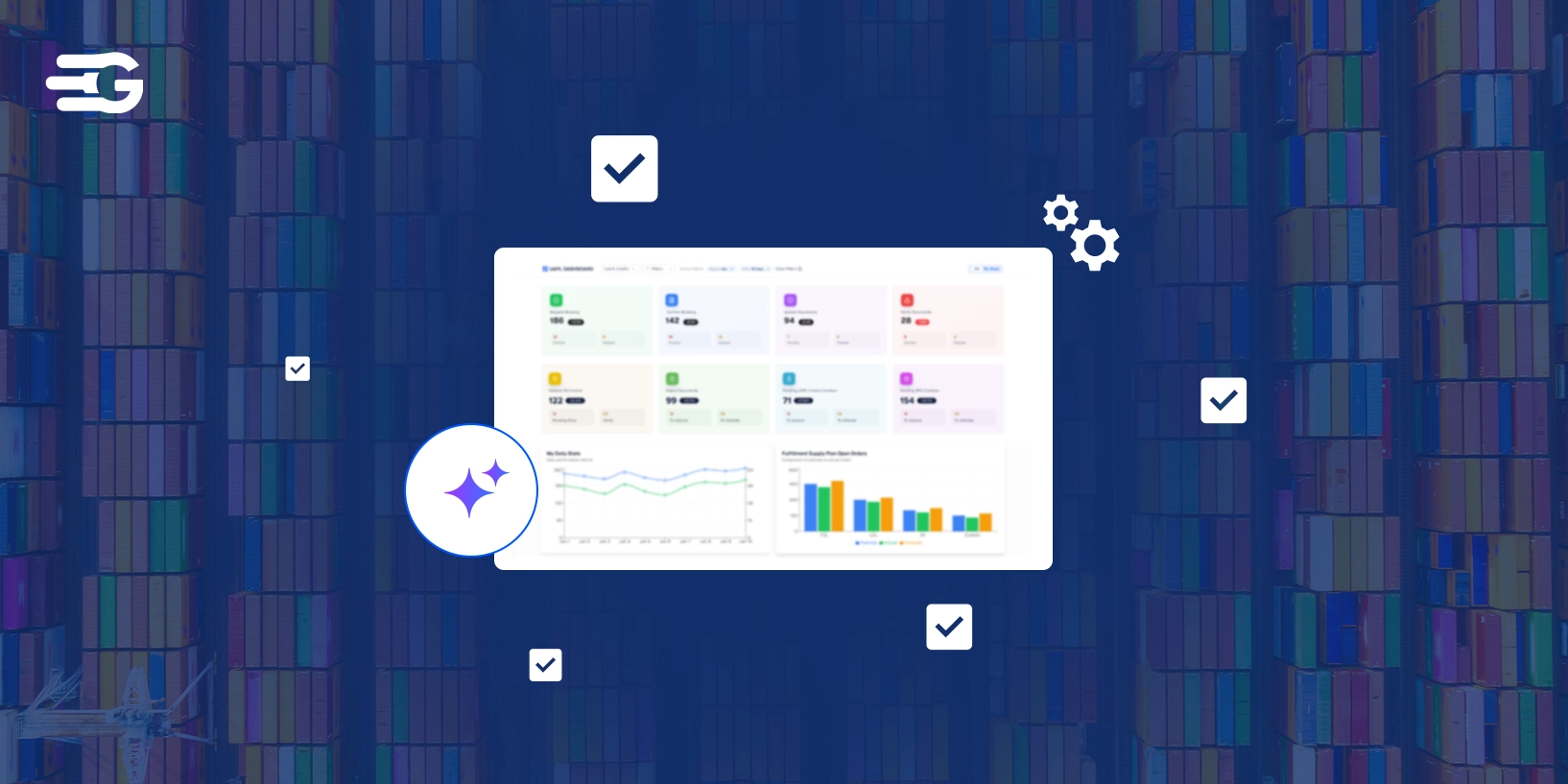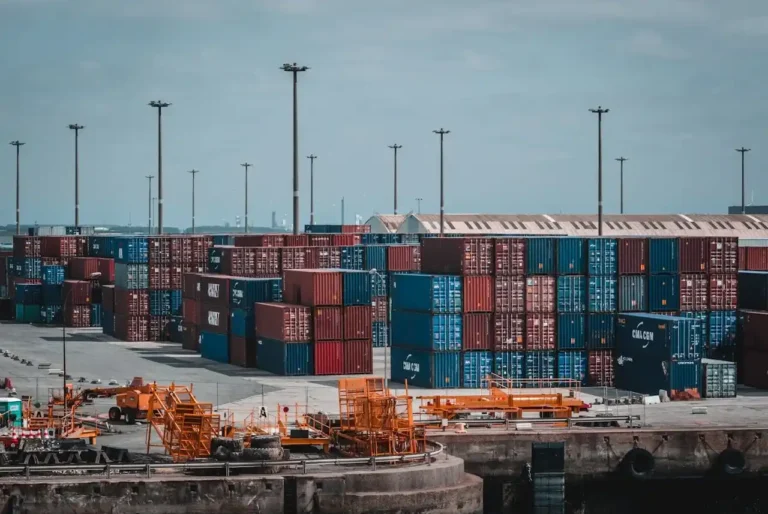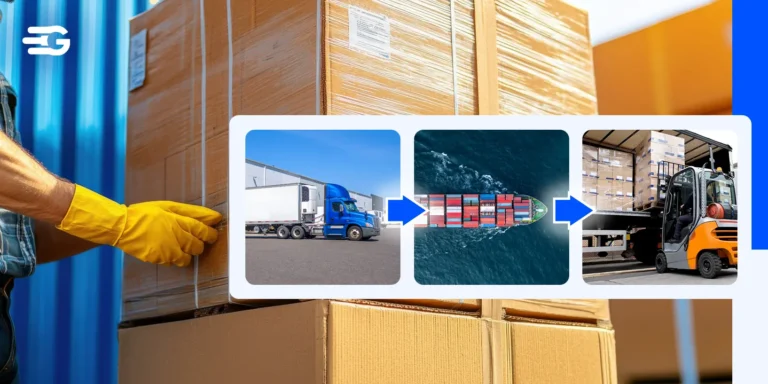How to Select a Logistics Automation System That Drives 2025 Success
As supply chains face unprecedented challenges—ranging from geopolitical shifts to rapid technological advancements—selecting the right logistics automation system is critical for staying competitive in 2025. Businesses must navigate unpredictable market conditions, labor shortages, and increasing consumer expectations while maintaining efficiency and cost-effectiveness.
It’s not just about efficiency anymore. Businesses need systems that align with sustainability goals, adapt to global disruptions, and integrate with emerging technologies like AI, IoT, and blockchain. Additionally, automation systems should provide predictive analytics, enhance operational visibility, and enable seamless coordination across suppliers, warehouses, and transportation networks to create a truly interconnected supply chain ecosystem.
Recent reports highlight that predictive analytics fueled by AI is increasingly being used to anticipate disruptions, detect fraudulent activities before they occur, and ensure smoother supply chain operations. The integration of automation in logistics is addressing long-standing inefficiencies, enabling businesses to optimize inventory levels, reduce transportation costs, and improve delivery precision.
Studies indicate that AI-driven automation in logistics can reduce operating costs by up to 30% and improve delivery accuracy by over 90%.
Aligning Your Logistics Automation System with 2025 Business Goals
Selecting a logistics automation system in 2025 requires alignment with core business objectives such as resilience, sustainability, and predictive analytics. Organizations must consider long-term scalability and seamless global operations to stay ahead of market disruptions.
Agility and Resilience in a Volatile Market
With fluctuating trade regulations and global flashpoints, agility is key. Your logistics automation system should quickly adapt to disruptions and reroute shipments without manual intervention.
AI-driven automation can proactively mitigate risks by analyzing market trends and providing real-time recommendations for alternative routes and suppliers. According to industry research, predictive analytics in logistics can reduce supply chain disruptions by 40%, ensuring seamless operations despite market volatility.
Sustainability and Compliance Commitments
In 2025, sustainability isn’t optional. Logistics automation systems should support carbon tracking, green routing, and compliance with environmental regulations. AI-powered logistics platforms optimize delivery routes to reduce fuel consumption, lower carbon emissions, and ensure regulatory compliance with evolving environmental standards.
A recent survey found that 72% of businesses are prioritizing sustainability in their logistics operations, with automated green-routing solutions reducing carbon footprints by up to 20%.
Data-Driven Decision Making and Predictive Insights
Automation isn’t just about replacing manual tasks—it’s about harnessing data to make smarter, predictive decisions that optimize the entire supply chain. AI-driven insights can help businesses anticipate demand fluctuations, manage warehouse inventory efficiently, and reduce supply chain bottlenecks.
Companies utilizing predictive analytics have reported a 25% improvement in demand forecasting accuracy and a 50% reduction in stockouts.
Scalability for Global Expansion
As businesses expand globally, the automation system must scale effortlessly across regions while managing complex, multi-modal logistics networks. An advanced logistics automation system can integrate real-time data from multiple sources, allowing companies to operate seamlessly across borders with minimal disruptions.
Scalable cloud-based logistics platforms have enabled organizations to achieve 40% faster expansion into new markets.
Key Decision Points for Selecting the Right System
Choosing the right logistics automation system involves evaluating technology integration, operational transparency, user experience, cost efficiency, and vendor support. These factors help ensure long-term viability and competitiveness.
Technology and Integration Capabilities
API-First Architecture : Ensure the system offers open APIs for seamless integration with ERP systems, IoT devices, and other supply chain technologies. A well-integrated system can enhance data flow efficiency by 35% and significantly reduce IT maintenance costs.
Cloud-Based vs. On-Premise : Cloud-based systems offer flexibility and real-time updates, while on-premise solutions may provide tighter security for sensitive industries. Over 60% of businesses are shifting toward cloud-based logistics automation due to lower upfront costs and enhanced data accessibility.
AI and Machine Learning Capabilities: Look for platforms that leverage AI for predictive analytics, automated decision-making, and dynamic routing. AI-driven platforms can detect inefficiencies, automate scheduling, and improve supply chain responsiveness. Businesses implementing an AI-powered logistics automation system have reported up to a 50% reduction in manual processing time.
Real-Time Visibility and Transparency
End-to-End Shipment Tracking: Your logistics automation system should provide live tracking across all transportation modes, from first-mile to last-mile delivery. AI-driven visibility tools enhance tracking accuracy and optimize fleet management. A comprehensive tracking system can reduce shipment delays by 45%.
Proactive Exception Management: Choose a system that not only alerts you to delays but also suggests corrective actions to minimize disruptions. AI-based analytics can detect anomalies in logistics operations and recommend proactive solutions, cutting average supply chain downtime by 30%.
Also Read: Top 10 Best Supply Chain Visibility Software
User Experience and Automation Flexibility
Intuitive Dashboards and Customizable Workflows: The system should be user-friendly, allowing teams to easily configure workflows and dashboards without extensive IT support. User-friendly dashboards have been shown to improve operational efficiency by 25%.
Automated Documentation and Compliance: Automate key tasks like customs documentation, invoicing, and compliance checks to reduce manual errors. AI-powered automation tools help businesses maintain compliance with evolving regulatory requirements and decrease processing errors by up to 70%.
Also Read: Top 12 Logistics Management Software
Cost Efficiency and ROI
Transparent Pricing Models: Evaluate whether the system offers a subscription-based, usage-based, or flat-fee pricing model aligned with your budget. Businesses that transition to automation-based pricing models report a 20% reduction in total logistics costs.
Quantifiable ROI Metrics: Look for case studies or benchmarks demonstrating cost savings through automation, reduced manual errors, and optimized freight costs. An AI-driven logistics automation system provides deeper insights into operational efficiencies and long-term cost savings, with organizations seeing an average ROI increase of 35%.
Vendor Support and Future-Proofing
Continuous Innovation Roadmap: Choose a vendor that invests in ongoing technology updates and new features aligned with future supply chain trends. AI and automation technologies are rapidly evolving, so selecting a system with an adaptive roadmap is crucial.
24/7 Global Support: Ensure the provider offers comprehensive support across all your operational regions, minimizing downtime and improving operational continuity.

GoComet: Automation Systems for 2025
GoComet is an AI-powered logistics automation system designed for businesses seeking operational efficiency, transparency, and sustainability. It provides a fully integrated platform that enhances freight management and real-time tracking.
AI-Powered Automation for Freight Management
GoComet’s predictive analytics enables businesses to optimize freight rates, reduce costs, and improve supply chain efficiency. Studies show that AI-driven rate benchmarking can lower shipping expenses by up to 15%.
Sustainability and Compliance Integration
GoComet’ logistics automation system helps businesses meet environmental goals through carbon tracking and optimized routing for reduced emissions. Businesses using GoComet have reported a 20% improvement in sustainability metrics.
Scalable, Global Solutions
With flexible APIs and cloud-based architecture, GoComet supports businesses of all sizes, from local logistics to global supply chains. The platform is designed to scale with business growth, reducing the complexity of global freight operations.
Selecting the right logistics automation system is no longer just about increasing efficiency—it’s about future-proofing your supply chain against disruptions, ensuring compliance with sustainability regulations, and leveraging AI-driven insights to drive smarter decision-making. GoComet stands out as the ideal choice for businesses looking to stay ahead in 2025. With its predictive analytics, real-time tracking, and sustainability-driven solutions, GoComet helps businesses achieve seamless supply chain operations while optimizing costs and reducing risks.
By choosing GoComet, companies gain a competitive edge through data-driven automation, enhanced visibility, and an AI-powered platform designed for resilience and growth. Future-proof your logistics strategy today with GoComet and take your supply chain efficiency to the next level.






